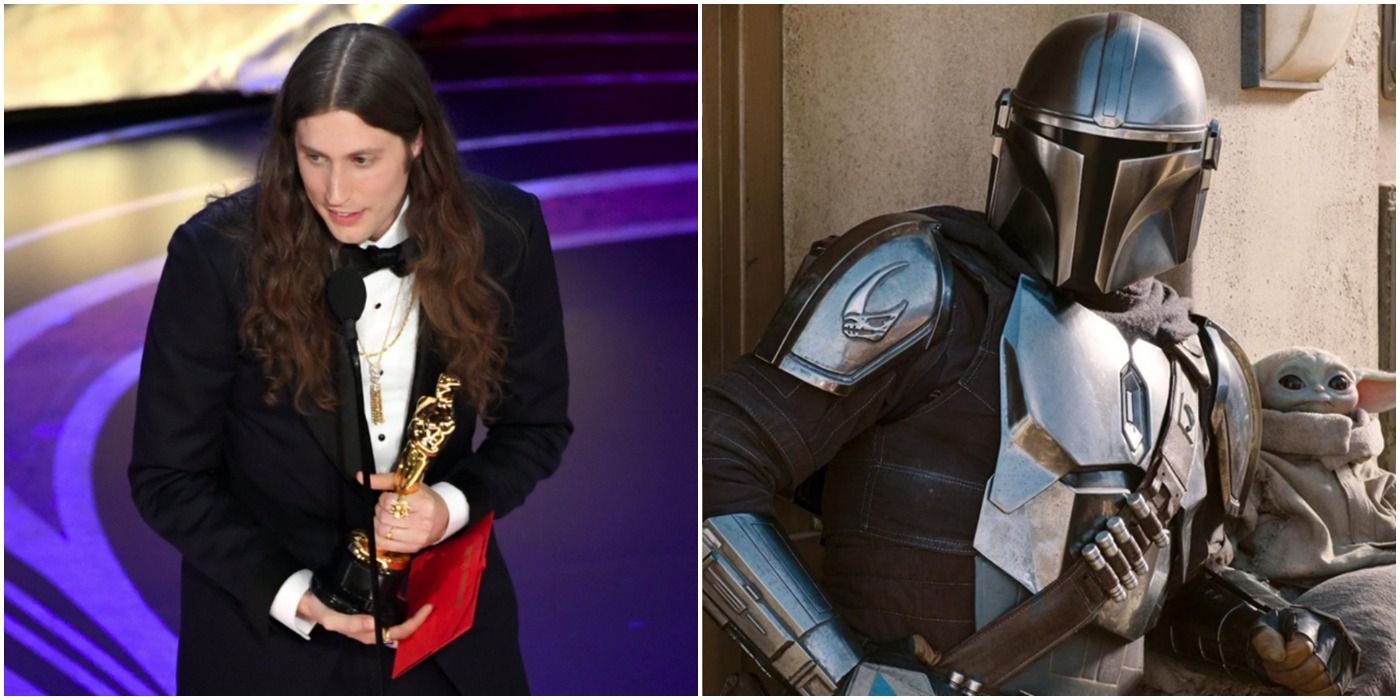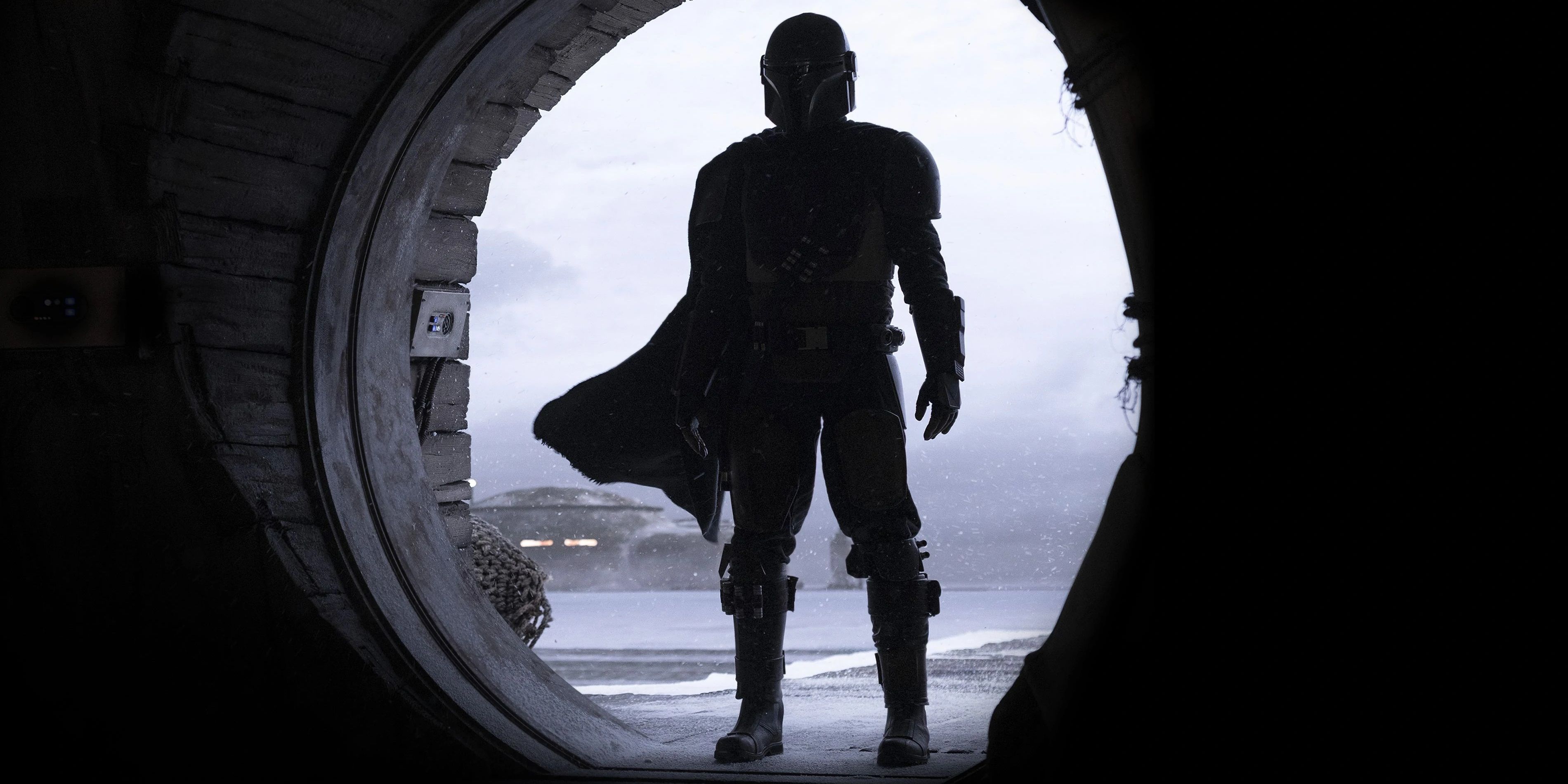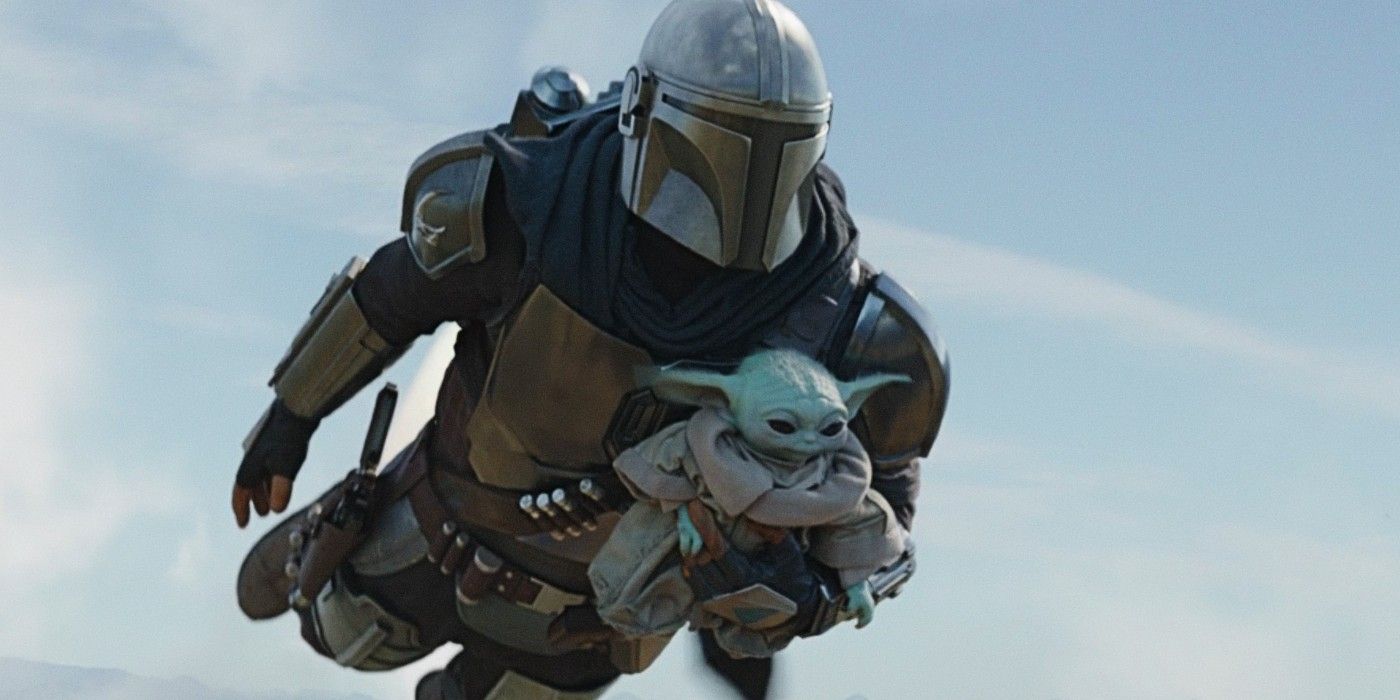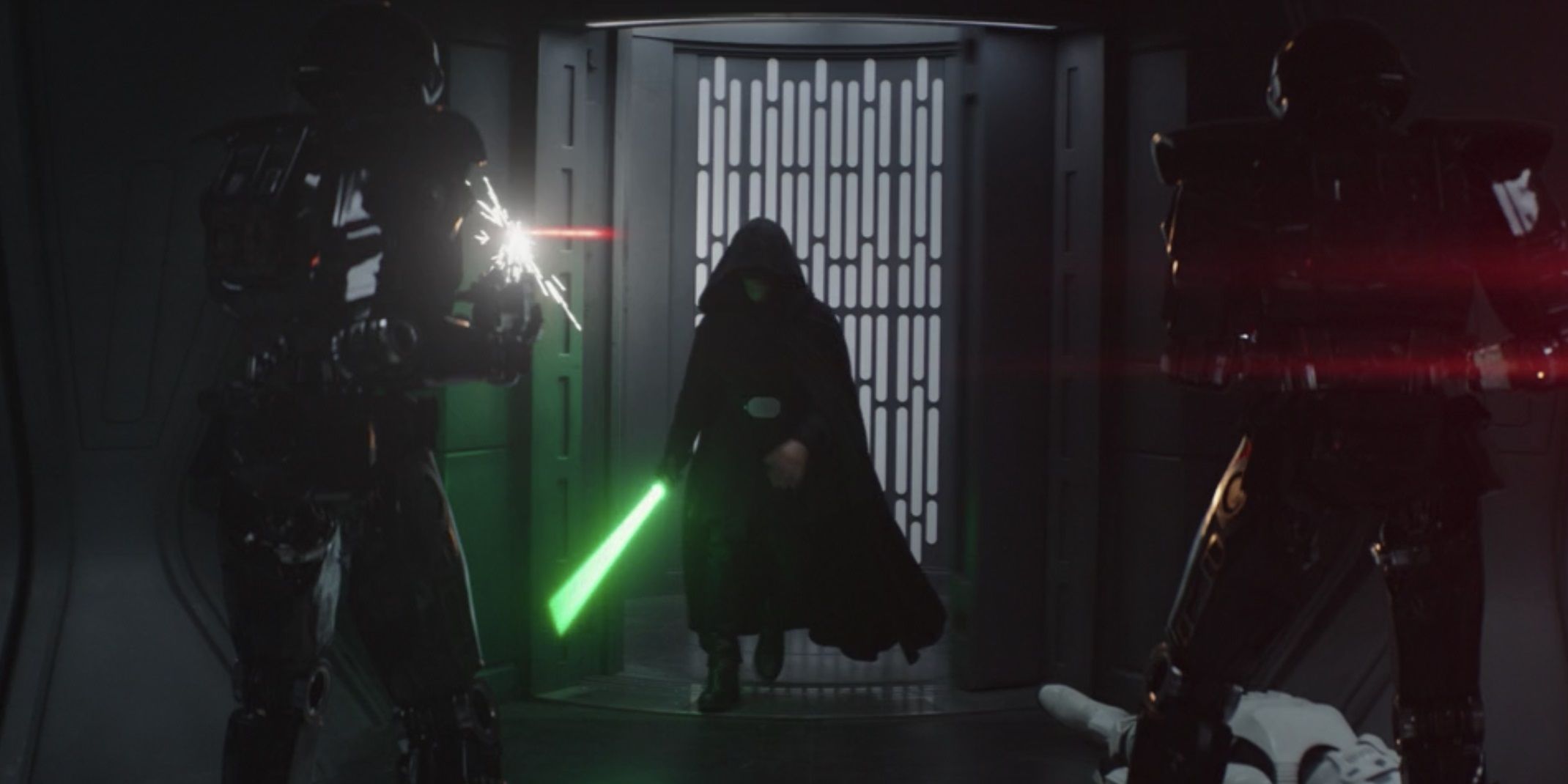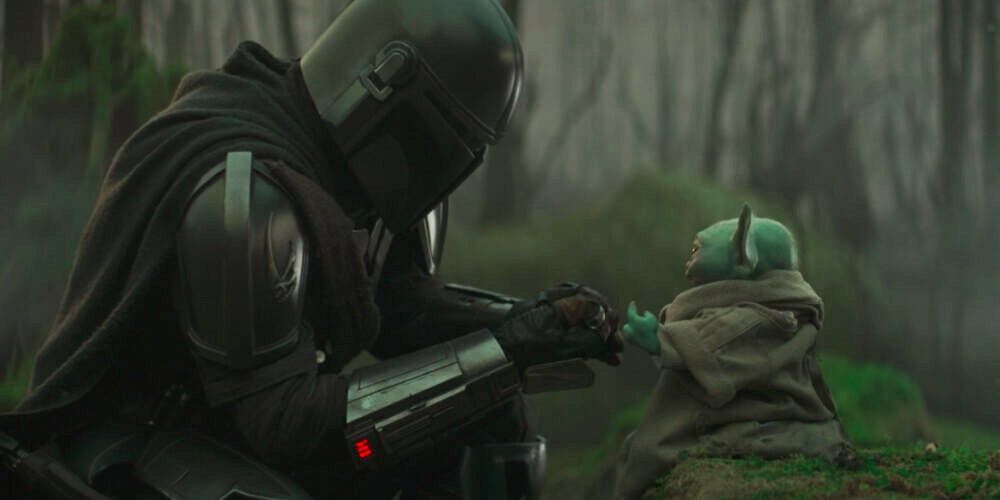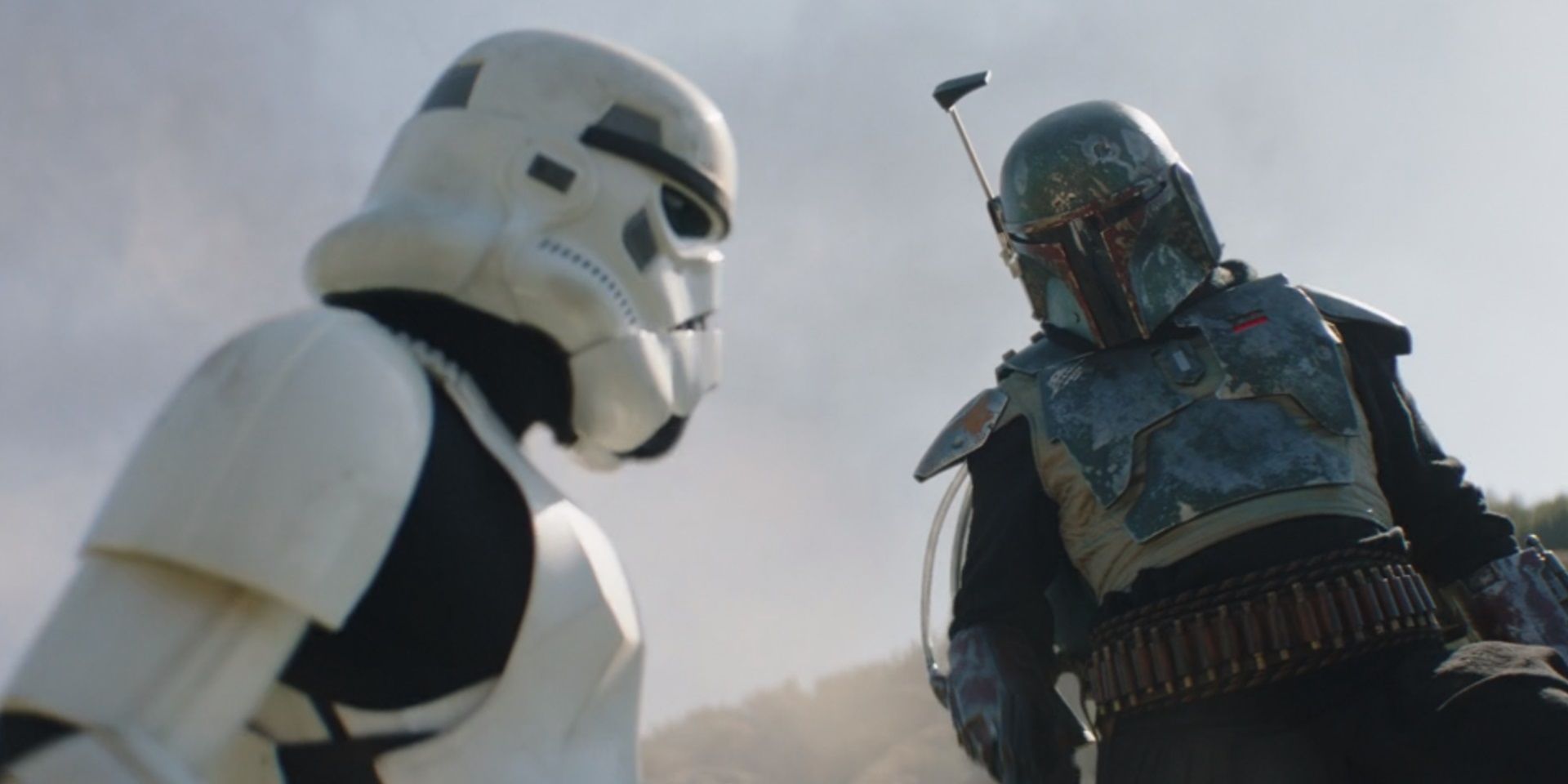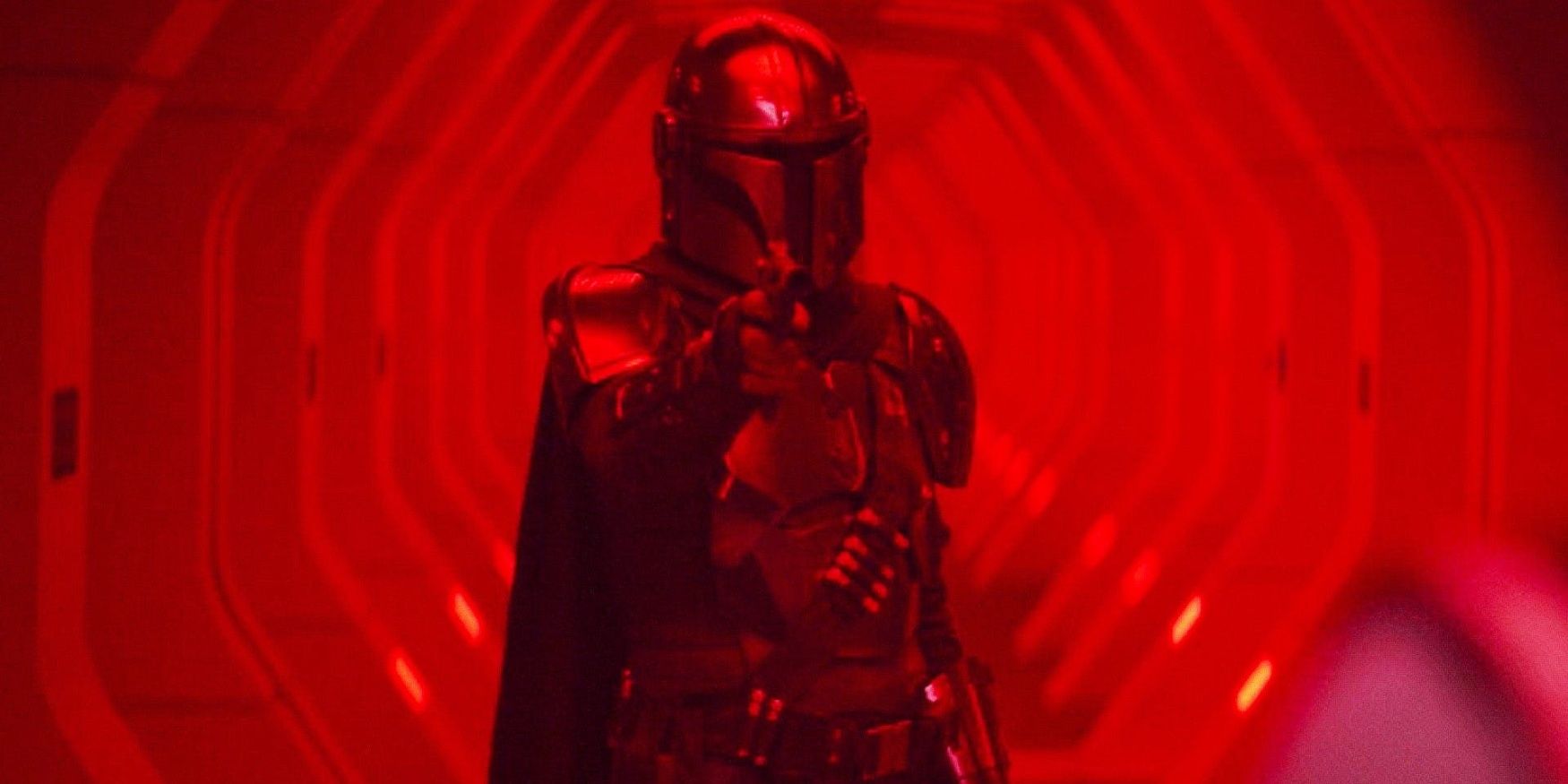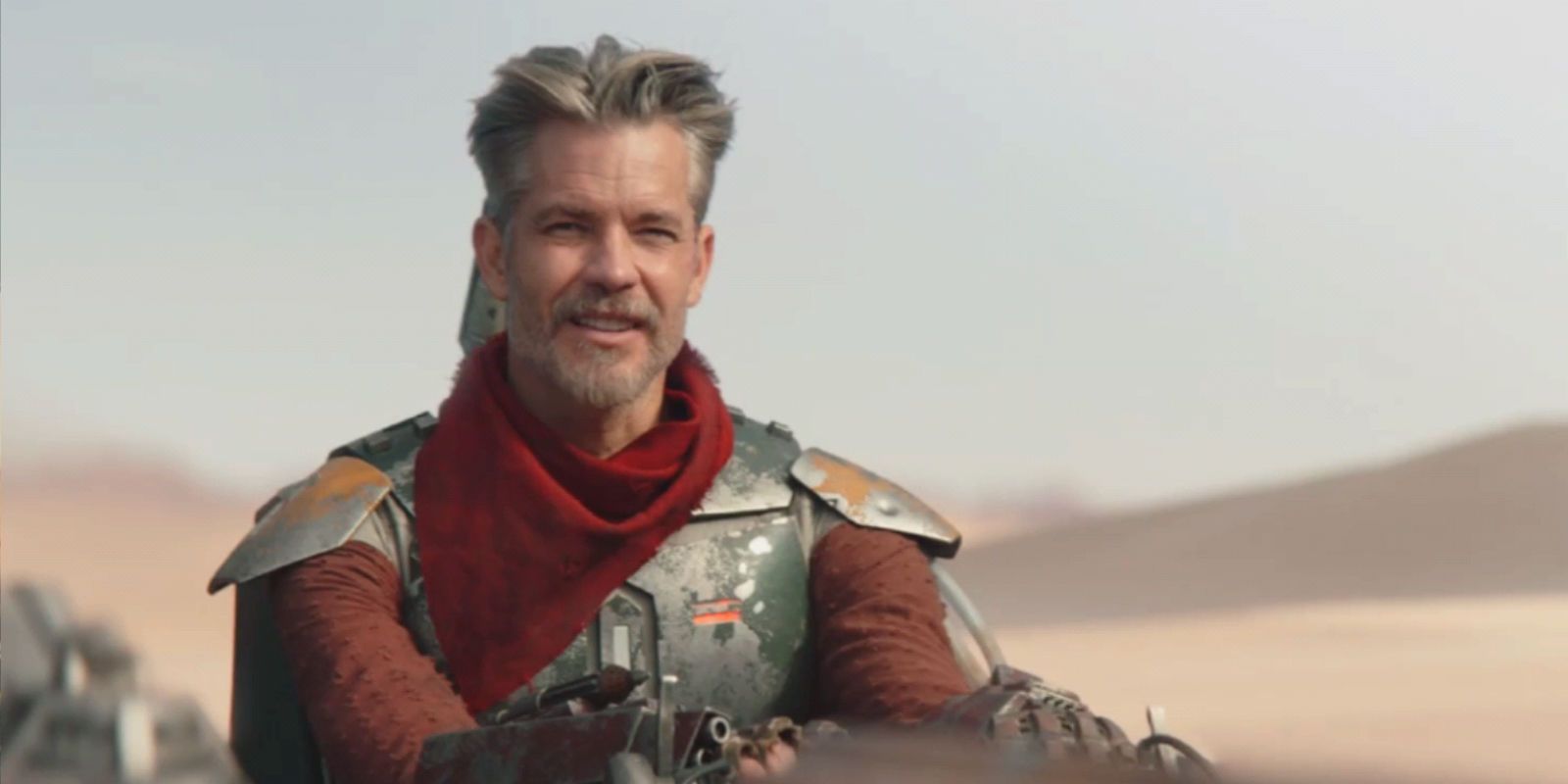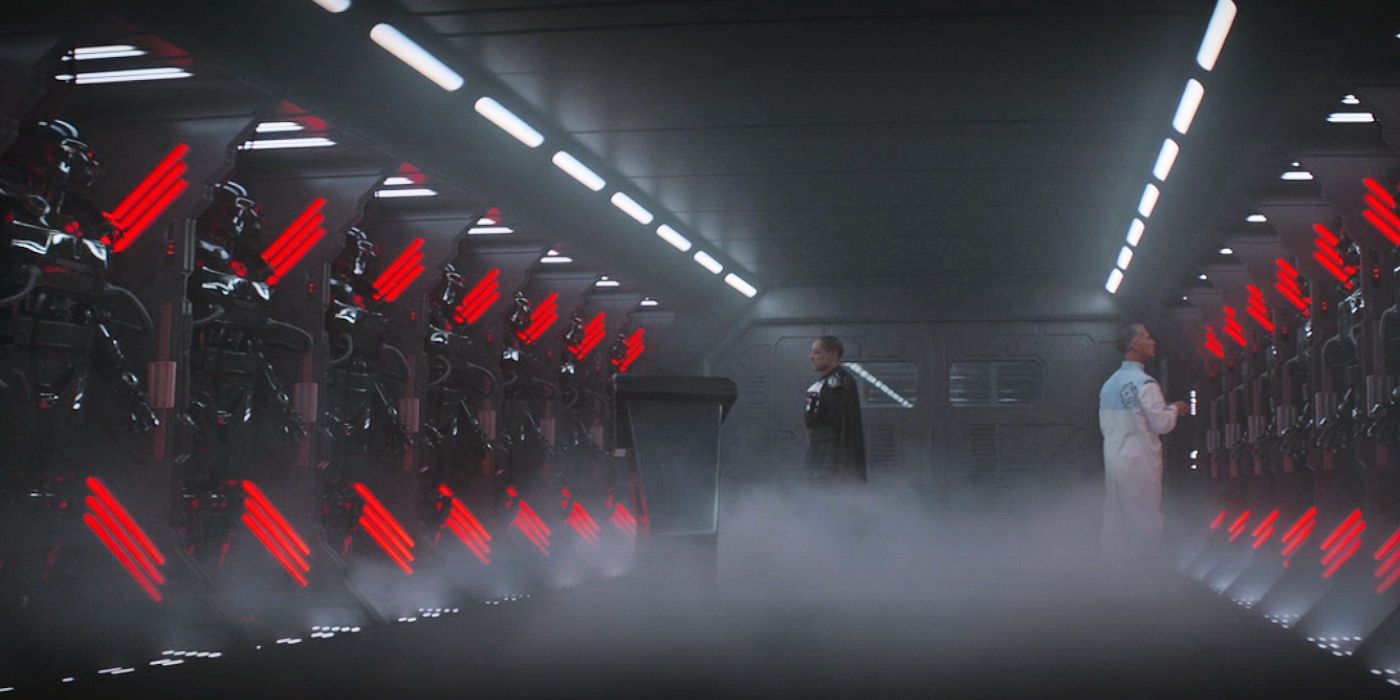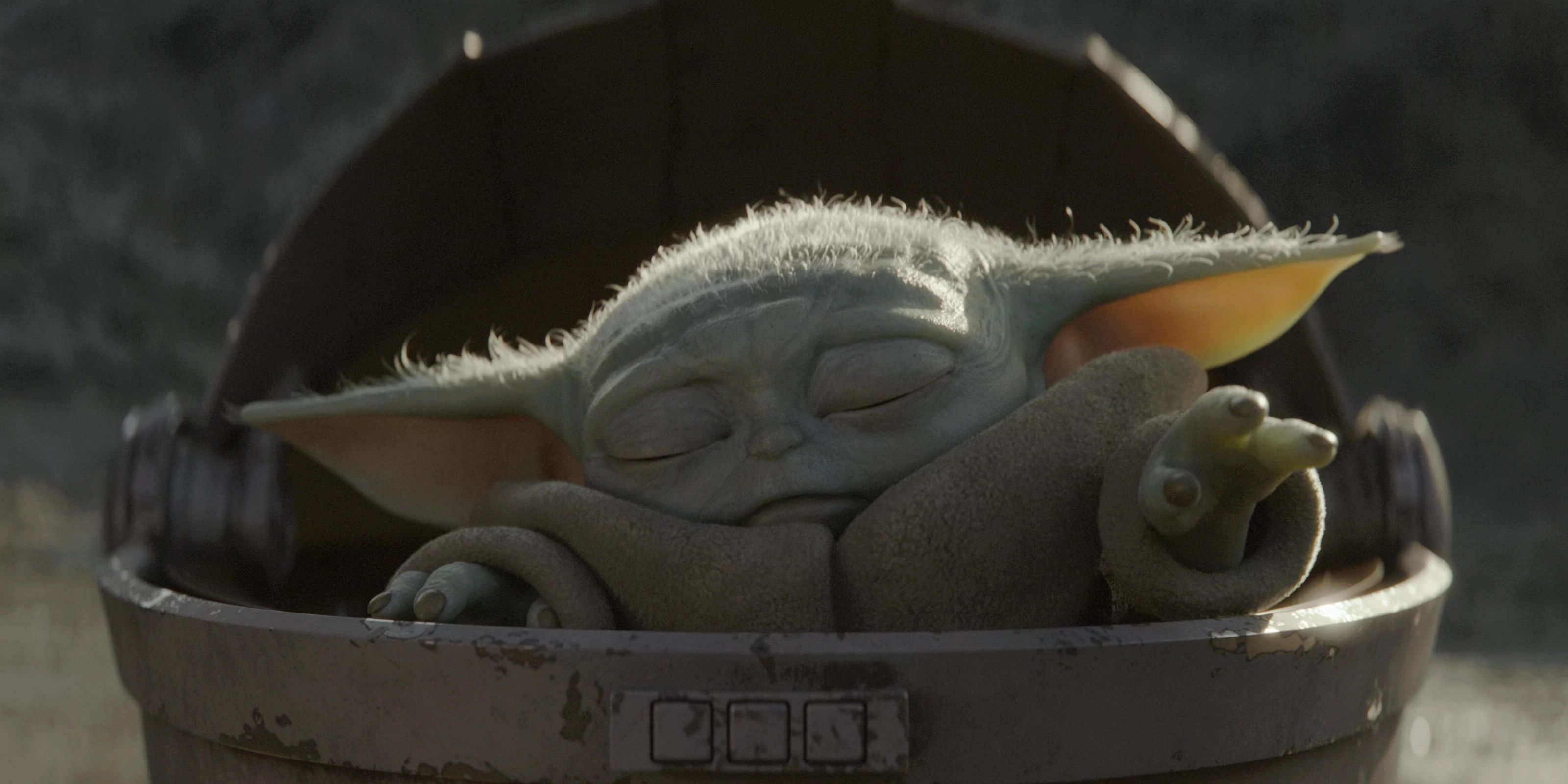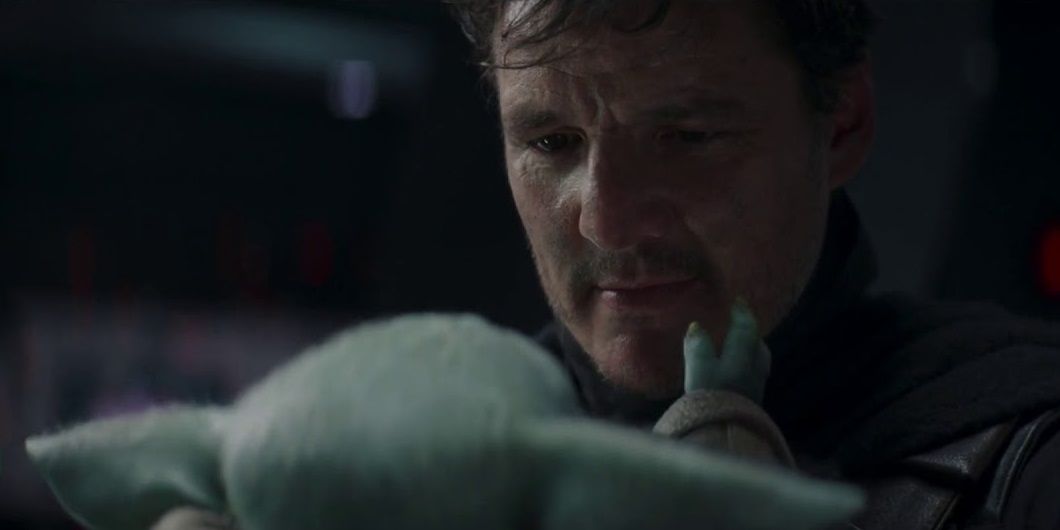When series creator Jon Favreau was initially developing The Mandalorian for Disney+, he knew that the music would be a significant element, because John Williams’ score was so integral to the original movies. Ludwig Göransson was recommended to Favreau by a handful of mutual collaborators, including Donald Glover (with whom Göransson wrote and produced the Grammy-winning hit “This is America”) and Ryan Coogler (for whom Göransson composed Black Panther’s Oscar-winning score).
Favreau wanted The Mandalorian to have a different sound than Williams’ original scores, while still capturing their spirit and how they brought Lucas’ world to life. Göransson sought to “capture the soul of what Star Wars is,” but with a fresh perspective. After two critically acclaimed seasons with pitch-perfect musical accompaniment, Göransson has succeeded in evolving the music of Star Wars beyond Williams’ retirement from the franchise.
A Catchy But Unhummable Theme
John Williams’ striking compositions from the Skywalker saga — particularly the main themes — have very distinguished notes that can be hummed by fans with the music stuck in their head. Ludwig Göransson’s theme for The Mandalorian is just as catchy but it’s not a distinctive tune that can be hummed (although, because it’s so catchy, just about every Mandalorian fan has given it a try).
This indefinable quality owes to the theme’s experimental composition. Göransson created the tune by digitally manipulating a bass recorder to sound futuristic, then layered in piano, guitar, drums, and synthesizers to give it some oomph.
Embracing Digital Technology
The music of Star Wars has always used huge orchestras. John Williams needs the full force of the London Symphony Orchestra for his compositions to really pop. Ludwig Göransson also used orchestras in recording The Mandalorian’s score — he had a 70-piece orchestra for the first season and a masked, socially distanced 40-piece string orchestra for the mid-covid second season — but he added some digital manipulation on top of that.
As a traditional composer, Williams records the orchestra’s performance and calls it a day, but Göransson embraces digital technology and the endless possibilities it opens. Digitally manipulated music feels right at home in the high-tech “used future” Star Wars universe.
Tweaking Classic Themes
When it came to scoring the season 2 finale “Chapter 16: The Rescue,” it would’ve been easy for Göransson to just play John Williams’ Luke Skywalker theme for the Jedi’s glorious appearance at the end of the episode.
But he didn’t want to spoil the reveal, so he tweaked Luke’s theme slightly. Williams’ familiar notes are still there, but Göransson put a unique twist on the melody.
Playing With The Audience’s Familiarity With The New Themes
While Göransson was going into completely uncharted territory when he scored The Mandalorian’s first season, he had a library of established themes to reuse in the second season. He used the audience’s familiarity with the show’s themes to play with their expectations.
Instead of just rehashing the recordings from the first season, Göransson added new instruments and harmonies to recognizable tunes so fans could spot them, but they were slightly different.
Distortion
In the second season of The Mandalorian, Göransson introduced distortion. Influenced by the sound effects used by director Robert Rodriguez in his rough cut of “Chapter 14: The Tragedy,” Göransson added distorted sounds to his Boba Fett theme.
He also used distorted synthesizers for the tune that introduces Bo-Katan in “Chapter 11: The Heiress” to capture her “speed and energy.”
Giving Each Episode Its Own Musical Identity
While John Williams gave the Skywalker saga as a whole its own sound, Göransson has set out to give each episode of The Mandalorian its own distinctive musical identity.
But he also considers each season to be one complete score for a single work, developing the main themes in each episode to tie the story together.
Morricone Influence
Visually, when he conceived Star Wars, George Lucas was inspired by all kinds of movies: samurai epics, westerns, space serials. But John Williams didn’t look to any previous film scores to inspire his Star Wars music; he simply composed music in his own neoclassical style.
Göransson, on the other hand, hasn’t shied away from emulating other composers’ scores. For “Chapter 9: The Marshal,” Göransson looked to the heavy instrumentations in Ennio Morricone’s iconic music for Sergio Leone’s spaghetti westerns, which were a huge influence on Jon Favreau’s initial development of The Mandalorian.
Incorporating New Musical Genres
A few years ago, if the average Star Wars fan was asked if dubstep would work in a galaxy far, far away, the answer almost certainly would’ve been a resounding “no.” But Göransson has seamlessly incorporated dubstep — along with various other disparate music genres — into The Mandalorian.
John Williams’ bold orchestrations from the original saga were perfect for the Shakespearean tragedy of those movies. But, despite its connections to the saga, The Mandalorian inhabits a very different world. Göransson has imbued the gritty underworld of the show with a grittier sound.
Remixing John Williams
Göransson resisted incorporating any of John Williams’ themes in the first season in order to give The Mandalorian its own identity, but since the second season brought back some legacy characters, the producers encouraged him to explore Williams’ themes. But Göransson didn’t just reuse old recordings; he remixed Williams’ tunes.
Inspired by Williams’ use of glockenspiel and celeste to create “a nostalgic or storybook or magical feeling,” Göransson played Grogu’s theme on a Fender Rhodes keyboard, which gave it a fairy tale quality.
A Personal Artistic Stamp
Ultimately, what makes Ludwig Göransson’s Mandalorian music stand out is that he’s not trying to emulate John Williams’ sound, or simply give it a glossy update (à la J.J. Abrams’ filmmaking), or even define a specific new style for the saga — he’s simply putting his own personal stamp on the show’s music.
The takeaway for Star Wars composers who follow in Göransson’s footsteps wouldn’t be to copy anything specific he did musically, but instead to reflect what Star Wars means to them.

